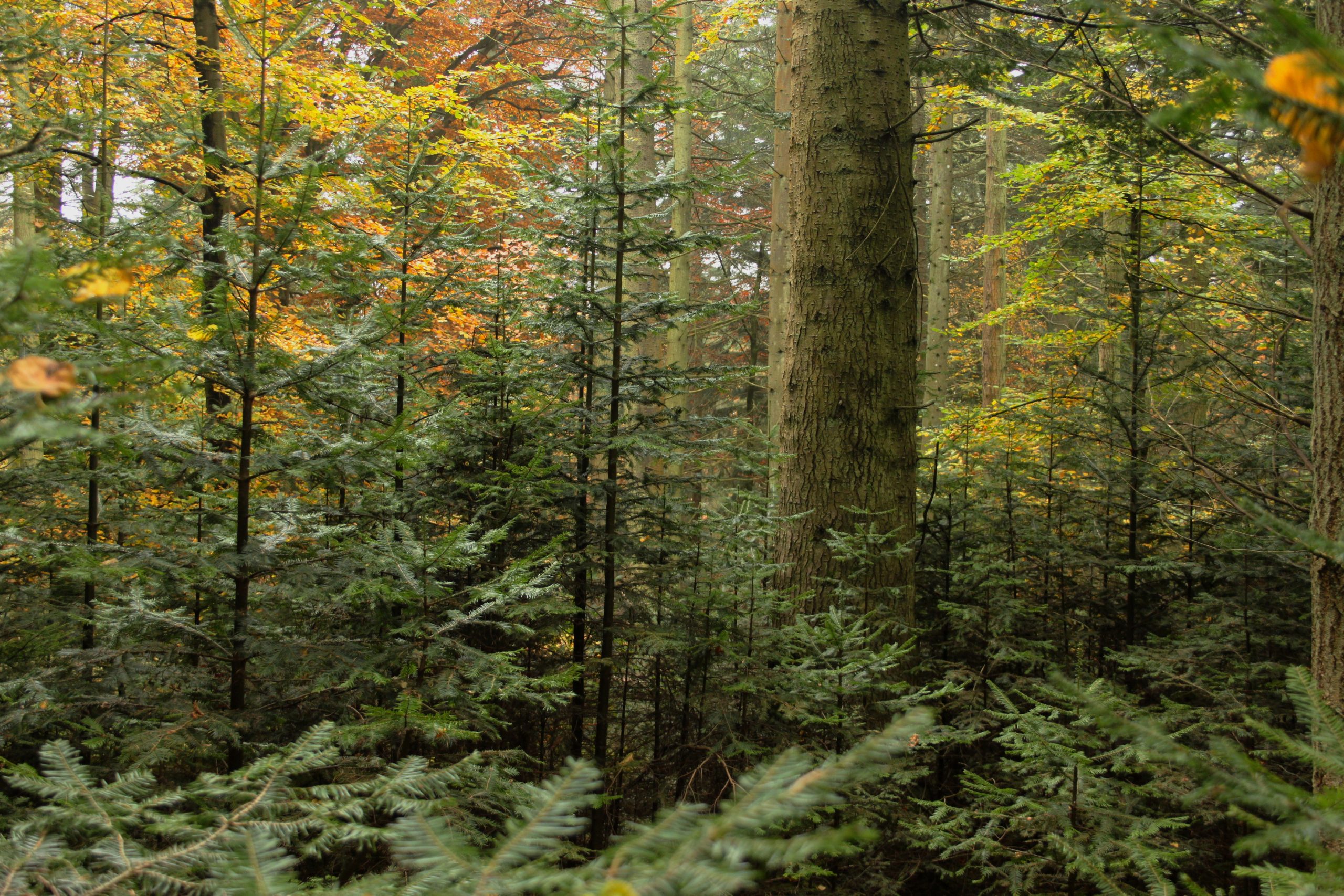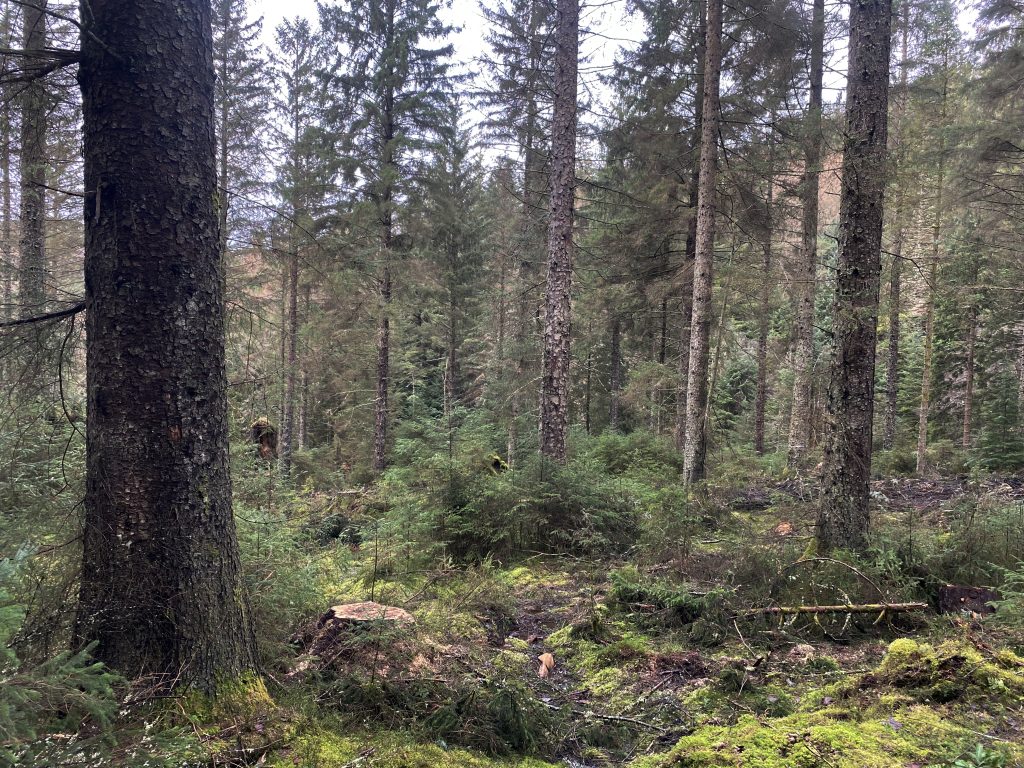
Championing resilient forestry
Advancing regenerative approaches that work for climate, nature and people
Scotland’s woodlands face growing pressure from climate change, pests and diseases. These threats are already putting strain on the ability of our woodlands to support wildlife, store carbon, and provide essential resources like timber and fibre.
At the same time, expectations of what Scotland’s forests should deliver are changing. People want woodlands that provide not just timber, but also biodiversity, resilience and places for communities to enjoy. Timber and other forest products will play a crucial role in helping the UK transition to a low-carbon economy — but only if our forests can adapt to the challenges ahead.
Regenerative forestry is about meeting these challenges head on. It offers a way to manage forests that restores ecological health, improves biodiversity, strengthens resilience and supports people, nature and the climate, all while recognising the role of forests in a sustainable, low-carbon economy.
Our approach
At Future Woodlands Scotland, we believe regenerative forestry has a vital role to play in securing the future of Scotland’s trees and woodlands. It can restore soil health and ecosystem function, encourage natural regeneration, grow diverse, resilient woodlands that support people and wildlife and ensure forestry practices work for climate, communities and biodiversity.
We’re actively exploring how we can support this, through research, collaboration, and building new partnerships.
Our work includes:
- Developing training in forest management
- Mapping opportunities for regenerative forestry across Scotland
[Thanks to Ben Wilson for the photographs]

It’s estimated just 1% of Britain’s forests are managed under continuous cover forestry. Across Europe, it’s around 22%. It’s our ambition to change that. We’re building the evidence, training new foresters, and helping landowners make the switch in Scotland.
Get involved
If you’re working in this space, or would like to support a transition to regenerative forestry in Scotland, we’d love to hear from you.
